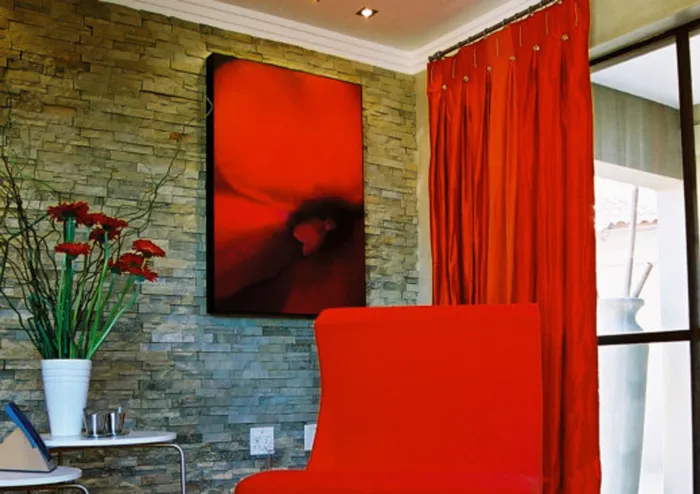Good curtains can make a difference

Red room decorated by interior designer Dorothy Van't Riet. Red room decorated by interior designer Dorothy Van't Riet.
There's nothing like a cold spell to make you realise that when it comes to windows, wide open spaces are not ideal.
In older homes, windows can be areas of significant heat loss. Poor seals, gaps, loose panes and even the thickness of the glass can all be factors. While double glazing will greatly improve the thermal efficiency of the windows, and can be fitted to existing homes, it's not affordable for everyone.
So for a quick fix solution to heat loss through your windows, make any necessary repairs such as replacing crumbling putty and plugging gaps in the joinery, and then cover them up.
There are a number of factors which will influence your choice of window coverings - among them architecture, privacy and aesthetics - but when the temperature drops, function gets promoted to the top of the list.
Blinds, shutters, sheers and sun filters can all be stunning elements of your interior design, but they're not necessarily the best choice for keeping the cold out.
Well fitting curtains can be very effective at reducing heating energy needs but there are some tricks to learn.
Fitting is a key issue - even lined, thermal drapes of heavy fabric will be less efficient that lighter drapes that fit properly..
Heavier fabrics ensure a better fit but cheaper fabrics lined with a good backing material can be made to achieve a similar thermal effect.
For optimum performance drapes should be larger than the window, should extend down to the floor and be enclosed at the top by pelmets - this will minimize air movement between the glass and the curtain.
Once the practicalities of covering the windows are under control, you can consider the aesthetics.
Drapes work best when they are chosen to match the style and setting of the room. Opulent rooms cry out for extravagant window dressings to balance the room, while contemporary, minimalist styles require simple, understated drapes.
The choices of colours, textures and styles are endless. European trends are leaning towards luxurious textures, rich velvets, linens with metallic overlays, and large scale botanical prints. The colours are just as rich - plum, chocolate, cranberry, purple and splashes of chartreuse, lime, coral and aqua.
If you're a whizz with the sewing machine, you may prefer to buy fabric and make your own drapes. If so, be prepared to line them to further enhance their thermal qualities, as well as to protect the outer layer of fabric.
Made-to-measure is a great option if you plan to keep your drapes for some years. It's more costly, but many firms offer discounted or free making when your buy your fabric.
Alternatively, there are many ready-made versions on the market which come in a comprehensive range of prices, and in sizes to suit most standard windows. If this is your choice, buy drapes that are bigger than the windows - again, this will improve the thermal qualities and give you a more luxurious look. -
The New Zealand Herald